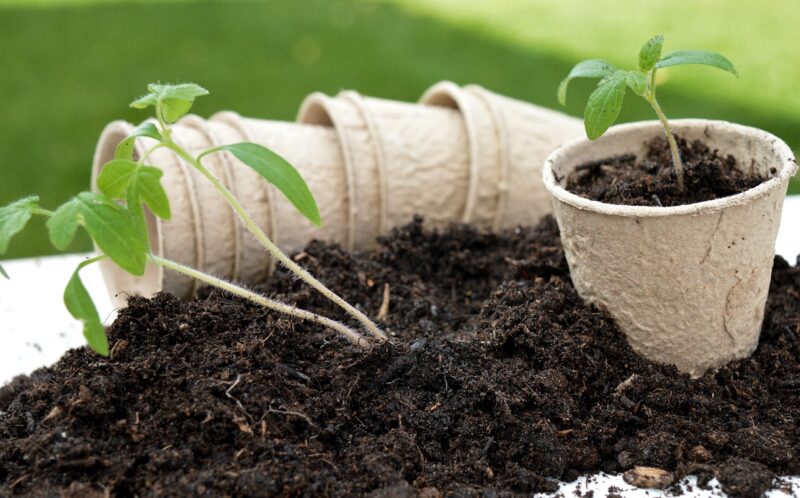10 Steps to a Greener, More Sustainable Home
November 11, 2024

As concerns over climate change and environmental degradation continue to rise, many homeowners are looking for ways to reduce their ecological footprint. Transforming your home into a greener and more sustainable living space not only benefits the planet but can also lead to significant cost savings in the long run. In this article, we’ll explore ten actionable steps to help you create a more eco-friendly home.
1. Conduct an Energy Audit
The first step towards achieving a sustainable home is understanding your energy consumption. Conducting an energy audit will help identify where you need to make improvements. You can either hire a professional or complete a DIY audit by assessing your appliances, insulation, and heating and cooling systems. Look for areas where you lose heat or energy and track the efficiency of your appliances.
2. Upgrade to Energy-Efficient Appliances
After your energy audit, consider replacing old appliances with Energy Star-rated options. These appliances consume less energy and water, which can result in lower utility bills.
Examples include refrigerators, dishwashers, washing machines, and air conditioners. Not only do they help the environment, but they often operate more quietly and efficiently than older models.
3. Improve Home Insulation
Proper insulation is key to maintaining a comfortable temperature in your home while minimizing energy use. Consider adding insulation to your attic, walls, and floors to keep warm air in during winter and cool air in during summer. This reduces your reliance on heating and cooling systems and lowers energy bills.
Make sure to also seal any gaps around windows, doors, and ducts to maximize energy efficiency.
4. Embrace Renewable Energy Sources
Investing in renewable energy sources can significantly reduce your home’s carbon footprint. Consider installing solar panels or a solar water heater. These options harness energy from the sun, decreasing reliance on fossil fuels and often paying for themselves over time through energy savings and tax incentives.
Additionally, geothermal heating and wind turbines can be viable options depending on your location.
5. Utilize Water-Saving Fixtures
Water conservation is crucial for sustainability. Upgrading to low-flow faucets, showerheads, and toilets can drastically reduce your water usage without sacrificing performance. Additionally, consider installing rain barrels to collect runoff from your roof and use the water for irrigation purposes.
6. Opt for Sustainable Materials
When renovating your home or making upgrades, choose sustainable materials such as bamboo flooring, reclaimed wood, or recycled materials. These options not only look great but also minimize environmental impact. Research local suppliers who focus on sustainability and ethical sourcing for building materials.
7. Implement Smart Home Technology
Smart home technology can contribute significantly to sustainability. Smart thermostats allow you to regulate temperature and usage patterns, while energy monitoring systems help track energy consumption. Automated lighting systems can also reduce energy use by ensuring lights are off when not needed.
Investing in smart devices can streamline your energy consumption and foster a more eco-friendly lifestyle.
8. Reduce, Reuse, Recycle
Taking a proactive approach to waste management is essential for sustainability. Implement a comprehensive recycling program in your home and educate family members on proper disposal methods. Reuse materials when possible, such as repurposing glass jars as storage or using old fabric for DIY projects. Reducing waste at the source is the key to minimizing your impact.
9. Create a Garden or Green Space
Creating a garden can beautify your home and enhance biodiversity. Plant native species that require less water and are resistant to pests. Consider starting a vegetable or herb garden to provide fresh produce and reduce dependence on store-bought products, which often use excessive packaging and transportation.
Indoor plants can also improve air quality and add aesthetic value to your home.
10. Educate Your Household on Sustainability
Lastly, engage your family in the journey towards a greener home. Host discussions on environmental awareness and sustainable practices. Encourage the involvement of all household members in implementing these changes, fostering a sense of responsibility and connection to the environment.
Assign tasks, such as recycling, gardening, or conserving energy, to encourage a united effort.
Conclusion
Transitioning to a greener, more sustainable home is an ongoing process that requires commitment and effort. However, implementing these ten steps will provide a solid foundation for reducing your ecological footprint while enjoying the numerous benefits of a healthier living environment. Embrace the change, and let your home reflect your values for sustainability and environmental care. Together, we can create a positive impact for our planet and future generations.







